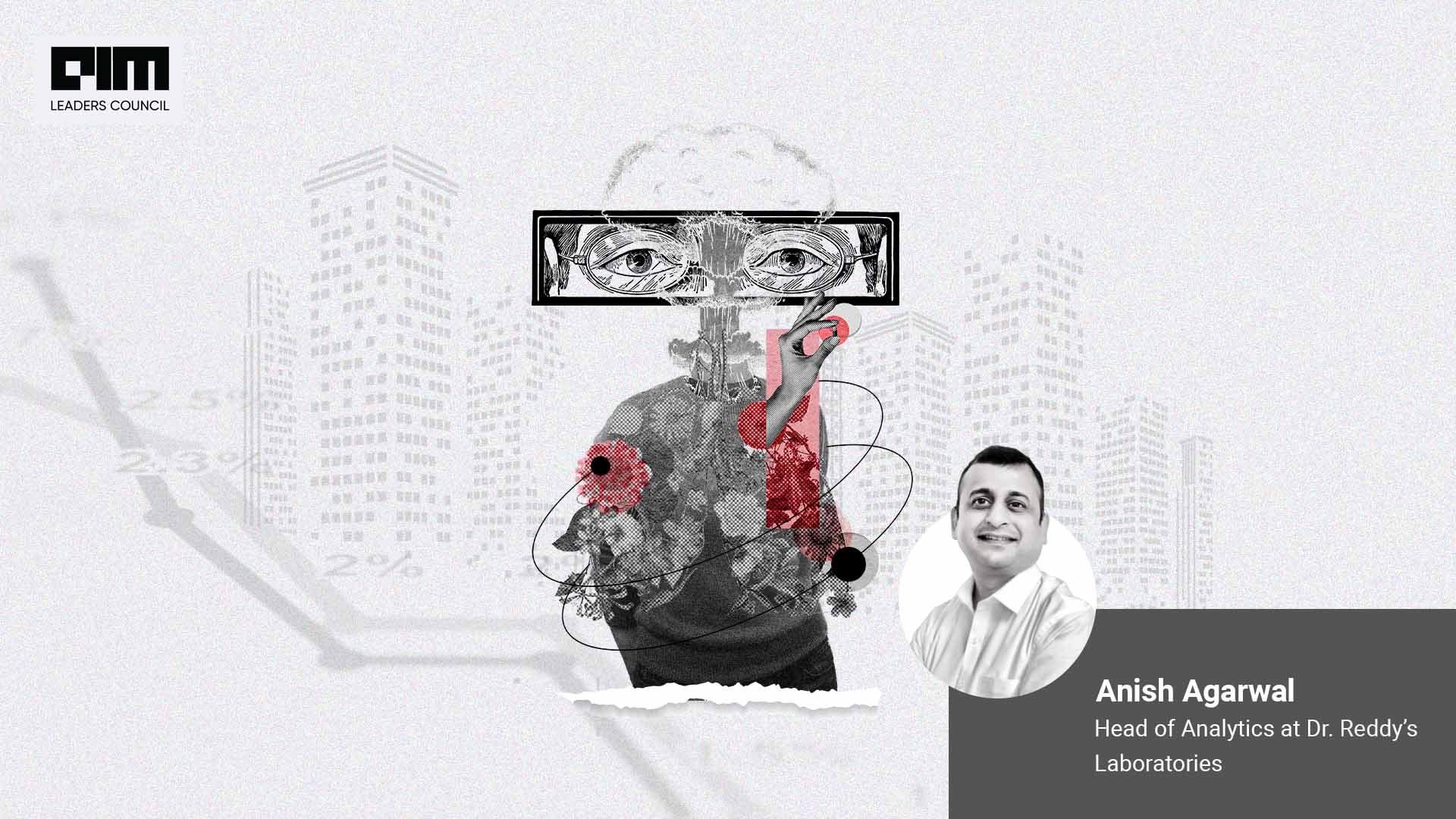|
Listen to this story
|
Throughout history, it has always been clear that economics and technological advancement are cogs of the same machine. Economic activity stimulates technological innovation which, in turn, fuels economic growth. This endless cycle of feedback has only recently started to be theorised by academics.
Many believe that AI will boost productivity and the economy. Analysing data can greatly improve the decision-making process and boost the efficiency with which processes are executed. It can also lead to the development of new markets, industries, products, and services, which will increase consumer demand and open up new sources of income.
AI’s disruptive effects may potentially have an impact on income inequality, salaries, and income distribution. High-skilled professionals who can use AI may observe an increase in pay due to growing demand, while many others may experience wage stagnation, or even unemployment.
In today’s world of ChatGPT and Bard, where artificial intelligence programmes can produce writing that appears to have been written by a person, it is easy for humans to be removed from jobs in the market. Additionally, AI has the potential to magnify the negative societal repercussions of private equity. It is already possible to make enormous sums of money by purchasing firms, taking them private while stacking on debt, and then laying off most of their employees while still paying hefty dividends to the new owners. It will now be considerably easier for such enterprises to enable stricter workplace surveillance, working conditions, zero-hours contracts, and other AI technologies like ChatGPT.
Two ways in which AI can impact humans are:
- Displacement
Occurs when an AI system takes over part of the jobs that were once executed by human employees. The book reviews that were replaced when Amazon implemented its automatic recommender system serve as an illustration of this. Such instances are indicative of the trend that will eventually lower the need for human workers.
- Augmentation
Occurs when an AI system elevates the importance of the work done by human employees. An illustration of this would be Amazon’s online development and inventory management tasks. Thanks to its AI recommendation engine, the corporation gains more revenue for every dollar invested in enhancing its website and ensuring that a wide variety of titles are efficiently supplied.
Simultaneously, the primary goal of the development of artificial intelligence—as a sign of the advancement of human science and technology in the twenty-first century—is to significantly increase the labour productivity of human civilisation in order to support continued economic expansion. Published studies on artificial intelligence concentrate on how it may foster economic development by reducing the physical exertion of workers, streamlining difficult tasks through intelligent distribution, and improving automation standards. Certain researchers refer to these measures as ‘intelligent automation’.
Policy recommendations to minimise artificial intelligence’s detrimental effects on the economy include:
- Capital deepening
New AI systems are an investment that boosts the stock of capital that workers utilise, enhancing their productivity and raising the demand for labour.
- Reinstatement
An AI system develops entirely new jobs, such as designing machine learning algorithms or labelling datasets, to train those algorithms. By generating new employment, and even industries, these new responsibilities will raise the need for labour.
Global value chains (GVCs) are already being affected by AI in terms of their management and development. It can also be used to manage risk with greater efficacy throughout the supply chain and to improve predictions of future trends, such as shifts in customer demand. Such technologies increase the general effectiveness of GVCs by enabling companies to manage complex and distant production units more effectively. For instance, businesses can utilise AI to enhance warehouse management, demand forecasting, and the precision of just-in-time manufacture and delivery. Robotics can improve packing and inventory inspection productivity and efficiency. AI may also be used by businesses to enhance physical asset maintenance and inspection in supply chains.
It may not be evident how AI will affect pure strategy if one only considers it as a tool for making predictions. However, if you start to consider it as a high-accuracy prediction tool, that perspective could alter the strategies themselves.
Artificial intelligence has a worker substitution effect and complements the labour force already in place. Use of AI can help create a certain number of workers from the existing work, giving them more time to work on their own abilities and quality through professional training and education activities. This, in turn, will inevitably increase labour productivity.
AI alters not only our behaviour patterns but, more crucially, our ways of thinking. This leads to technical advancement that can permeate all sectors of the economy and propel significant economic growth.
In order to have informed policy to ensure that AI’s economic advantages are broadly shared and lower the possibility of a public backlash against AI, economists must formalise and operationalise models of the distributional implications of AI and its externalities. Theoretically, a ‘paradox of plenty’ could result from this: Society would be far richer overall but for many people, communities, and regions—technological advancement would only exacerbate disparities. However, while new technologies do cause significant changes in the way we live, neither the discovery of the plough nor the computer did away with the need for mathematicians or farmworkers. The emergence of AI will be used, as with other technical revolutions, to assist humanity in reaching a new paradigm rather than to completely replace it.
This article is written by a member of the AIM Leaders Council. AIM Leaders Council is an invitation-only forum of senior executives in the Data Science and Analytics industry. To check if you are eligible for a membership, please fill out the form here











































































